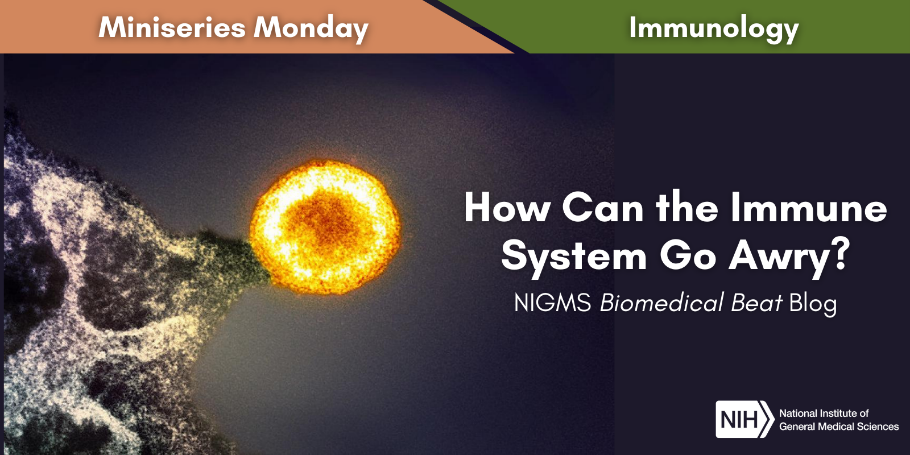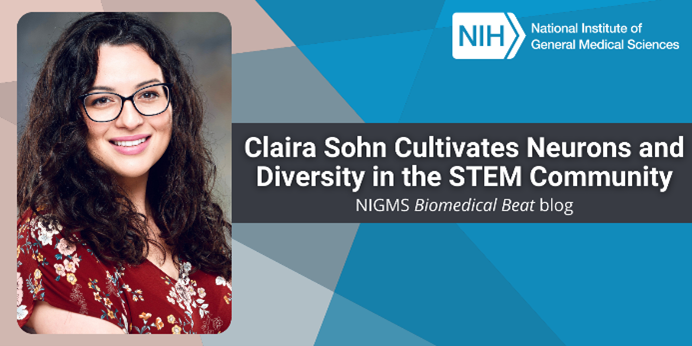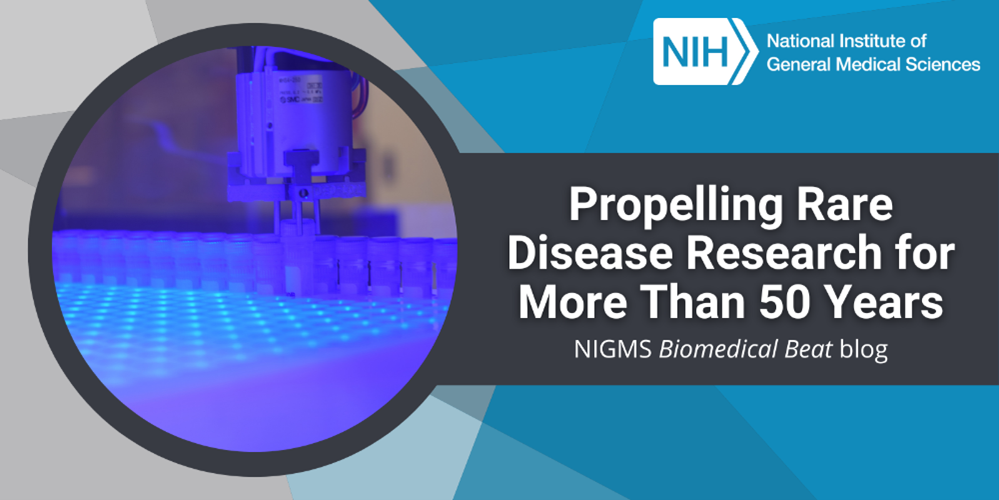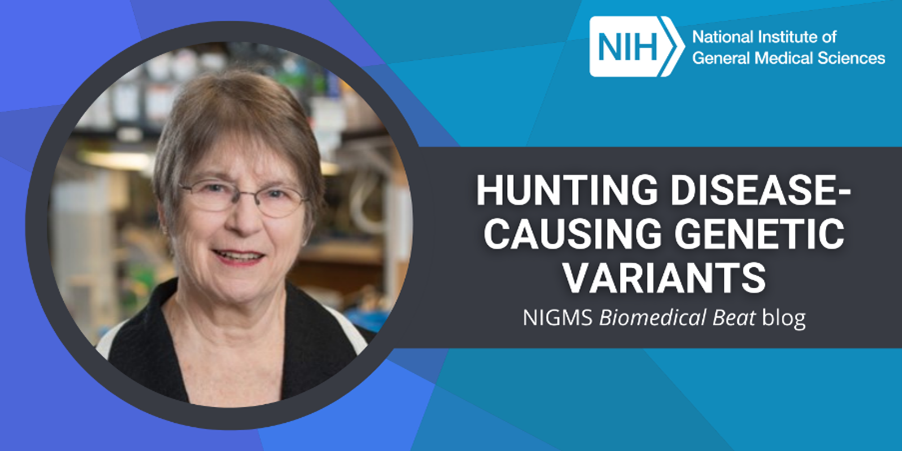The immune system is designed to closely monitor the body for signs of intruders that may cause infection. But what happens if it malfunctions? Overactive and underactive immune systems can both have negative effects on your health.
Continue reading “How Can the Immune System Go Awry?”Tag: Diseases
Claira Sohn Cultivates Neurons and Diversity in the STEM Community
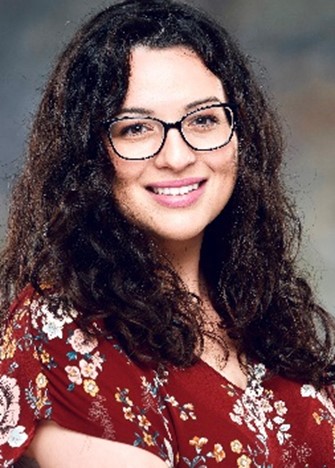
Claira Sohn credits her grandfather with sparking her interest in science. Although he never studied science at a 4-year university due to financial limitations, he took many community college classes and worked in chemistry labs developing products such as hair dyes and dissolvable stitches. “Every morning, my grandfather would take me to school, and we’d stop to get orange juice and a cookie and talk about science. When I was in elementary school, he bought me a book about quantum mechanics written for kids,” she says. “He inspired me to ask questions and encouraged me to go to college.”
Claira enrolled at Northern Arizona University in Flagstaff after graduating high school. She majored in biomedical sciences and planned to become a medical doctor until her microbiology professor talked to her about the possibility of a research career. “That was an epiphany for me, because while I knew that there was research going on in the world, I didn’t realize there could be a place for me there,” Claira says. During her junior year, she joined the lab of Naomi Lee, Ph.D., where she first experienced what it felt like to be a researcher.
Continue reading “Claira Sohn Cultivates Neurons and Diversity in the STEM Community”Diversity Supplement Program Paves the Way for Talented Researchers
“I hope that one day I’m able to increase our understanding of evolution, and I also hope to increase access to research. I want others to know that this space is open to people who look like me, who come from disadvantaged backgrounds, and who are underrepresented in the sciences,” says Nkrumah Grant, Ph.D., a postdoctoral research associate (postdoc) in microbiology and molecular genetics at Michigan State University (MSU) in East Lansing.
Dr. Grant’s work receives support from the NIGMS Diversity Supplement Program (DSP), which is designed to improve the recruitment and training of promising researchers from diverse backgrounds. Diversifying the scientific workforce can lead to new approaches to research questions, increased recruitment of diverse volunteers for clinical studies, an improved capacity to address health disparities, and many other benefits.
Continue reading “Diversity Supplement Program Paves the Way for Talented Researchers”Propelling Rare Disease Research for More Than 50 Years

The year 2022 marked 50 years since the creation of the NIGMS Human Genetic Cell Repository (HGCR) at the Coriell Institute for Medical Research in Camden, New Jersey. The NIGMS HGCR consists of cell lines and DNA samples with a focus on those from people with rare, heritable diseases. “Many rare diseases now have treatments because of the samples in the NIGMS HGCR,” says Nahid Turan, Ph.D., Coriell’s chief biobanking officer and co-principal investigator of the NIGMS HGCR. She gives the example of a rare disease advocacy group who worked with the NIGMS HGCR to establish a cell line several decades ago. It was used to identify a gene associated with the disease, which aided in the development of five treatments that have received approval from the Food and Drug Administration.
Researchers have also studied NIGMS HGCR’s samples to help advance knowledge of basic biology and genetics, and even to support the development of a vaccine for a deadly virus.
Continue reading “Propelling Rare Disease Research for More Than 50 Years”Got Calcium?
Someone’s hand moving to scroll through this blog post is possible because of a mineral that both gives bones their strength and allows muscles to move: calcium. As the most abundant mineral in our bodies, it’s essential for lots of important functions. It’s found in many foods, medicines, and dietary supplements.
 Calcium keeps your bones strong, allows your muscles to move, and is important for many other bodily functions. The element is found in foods, medicines, and the world around us. Credit: Compound Interest CC BY-NC-ND 4.0. Click to enlarge.
Calcium keeps your bones strong, allows your muscles to move, and is important for many other bodily functions. The element is found in foods, medicines, and the world around us. Credit: Compound Interest CC BY-NC-ND 4.0. Click to enlarge.
Advancing American Indian and Alaska Native Health Through Research, Training, and Engagement
American Indian and Alaska Native (AI/AN) populations have long experienced health disparities such as higher rates of diabetes, certain cancers, and mental health conditions than those of other Americans. One contributing factor in these disparities is underrepresentation of AI/AN populations in biomedical science—as study participants, researchers, and health professionals. Unfamiliarity with health care options and opportunities, coupled with a distrust of biomedical research resulting from unethical studies in the past, have exacerbated this underrepresentation.
NIGMS-supported researchers, including Native scientists, are partnering with AI/AN Tribes to help reduce health disparities by conducting research focused on AI/AN health priorities and building infrastructure that supports research in those communities. They’re also preparing Native students to pursue careers in science and medicine. In this post, you’ll meet four scientists advancing AI/AN health.
Continue reading “Advancing American Indian and Alaska Native Health Through Research, Training, and Engagement”Hunting Disease-Causing Genetic Variants
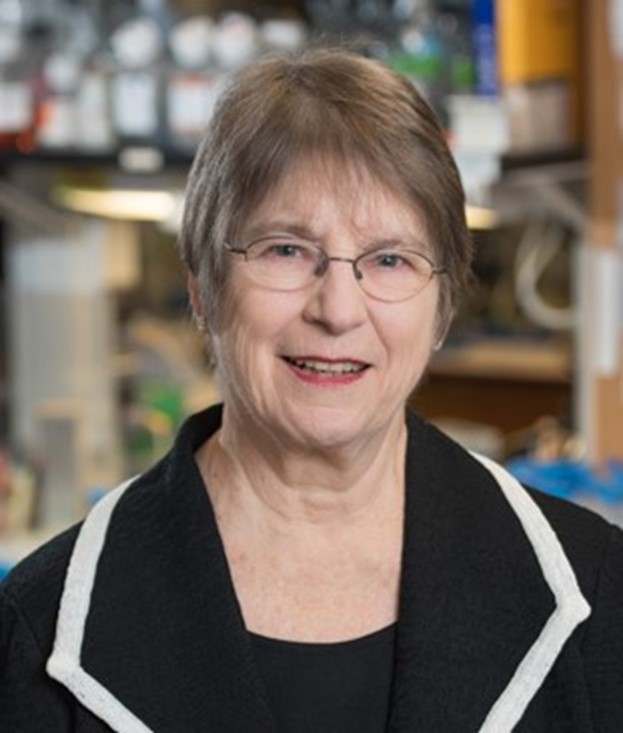
“In my lab, we’ve been gene hunters—starting with visible phenotypes, or characteristics, and searching for the responsible genes,” says Miriam Meisler, Ph.D., the Myron Levine Distinguished University Professor at the University of Michigan Medical School in Ann Arbor. During her career, Dr. Meisler has identified the functions of multiple genes and has shown how genetic variants, or mutations, can impact human health.
Becoming a Scientist
Dr. Meisler had a strong interest in science as a child, which she credits to “growing up at the time of Sputnik” and receiving encouragement from her father and excellent science teachers in high school and college. However, when she started her undergraduate studies at Antioch College in Yellow Spring, Ohio, she decided to explore the humanities and social sciences. After 2 years of sociology and anthropology classes, she returned to biomedical science and, at a student swap, symbolically traded her dictionary for a slide rule—a mechanical device used to do calculations that was eventually replaced by the electric calculator.
Continue reading “Hunting Disease-Causing Genetic Variants”Accelerating the Development of Tests for Endometriosis and Cancer
NIGMS’ Small Business Technology Transfer (STTR) program works toward more effective methods for patient screening, diagnosis, and treatment.
Translating lab discoveries into health care products requires large investments of time and resources. Through STTR funding, NIGMS supports researchers interested in transitioning their discoveries and/or inventions into products. Here are the stories of three researchers working with the XLerator Hub, one of the funded programs that supports six southeastern IDeA states and Puerto Rico.
Ending Diagnostic Delays for Endometriosis
 Dr. Idhaliz Flores-Caldera.
Dr. Idhaliz Flores-Caldera.Credit: Courtesy of Dr. Flores-Caldera.
Idhaliz Flores-Caldera, Ph.D., a professor of basic sciences and OB-GYN at Ponce Health Sciences University in Puerto Rico, has studied endometriosis for nearly 20 years. Endometriosis occurs when endometrial tissue, which typically lines the uterus, grows elsewhere in the body. Dr. Flores-Caldera first had the idea for a noninvasive diagnostic test for the disorder about 10 years ago. But it was only when she learned about funding opportunities from the XLerator Hub that she saw a path to validating her preliminary research findings and eventually commercializing her test.
Dr. Flores-Caldera applied for and was accepted into the hub’s proof-of-concept program, Ideas to Products, which funds researchers to flesh out ideas they want to commercialize. “I am very appreciative of how the program has provided me with tools and knowledge about commercializing a product and the process of patenting a product,” she says. “In general, scientists aren’t educated on this important topic.”
Continue reading “Accelerating the Development of Tests for Endometriosis and Cancer”The Science of Infectious Disease Modeling
What Is Computer Modeling and How Does It Work?
Recent news headlines are awash in references to “modeling the spread” and “flattening the curve.” You may have wondered what exactly this means and how it applies to the COVID-19 pandemic. Infectious disease modeling is part of the larger field of computer modeling. This type of research uses computers to simulate and study the behavior of complex systems using mathematics, physics, and computer science. Each model contains many variables that characterize the system being studied. Simulation is done by adjusting each of the variables, alone or in combination, to see how the changes affect the outcomes. Computer modeling is used in a wide array of applications, from weather forecasting, airplane flight simulation, and drug development to infectious disease spread and containment.
Continue reading “The Science of Infectious Disease Modeling”PECASE Honoree Sohini Ramachandran Studies the Genetic Foundations of Traits in Diverse Populations
 Sohini Ramachandran, Brown University.
Sohini Ramachandran, Brown University.Credit: Danish Saroee/Swedish Collegium for Advanced Study.
Recent advances in computing enable researchers to explore the life sciences in ways that would have been impossible a few decades ago. One new tool is the ability to sequence genomes, revealing people’s full DNA blueprints. The collection of more and more genetic data allows researchers to compare the DNA of many people and observe variations, including those shared by people with a common ancestry.
Sohini Ramachandran  , Ph.D., is director of the Center for Computational Molecular Biology and associate professor of biology and computer science at Brown University in Providence, Rhode Island. She is also a recent recipient of the Presidential Early Career Award for Scientists and Engineers (PECASE). Dr. Ramachandran researches the causes and consequences of human genetic variations using computer models. Starting with genomic data from living people, her lab applies statistical methods, mathematical modeling, and computer simulations to discover how human populations moved and changed genetically over time.
, Ph.D., is director of the Center for Computational Molecular Biology and associate professor of biology and computer science at Brown University in Providence, Rhode Island. She is also a recent recipient of the Presidential Early Career Award for Scientists and Engineers (PECASE). Dr. Ramachandran researches the causes and consequences of human genetic variations using computer models. Starting with genomic data from living people, her lab applies statistical methods, mathematical modeling, and computer simulations to discover how human populations moved and changed genetically over time.


